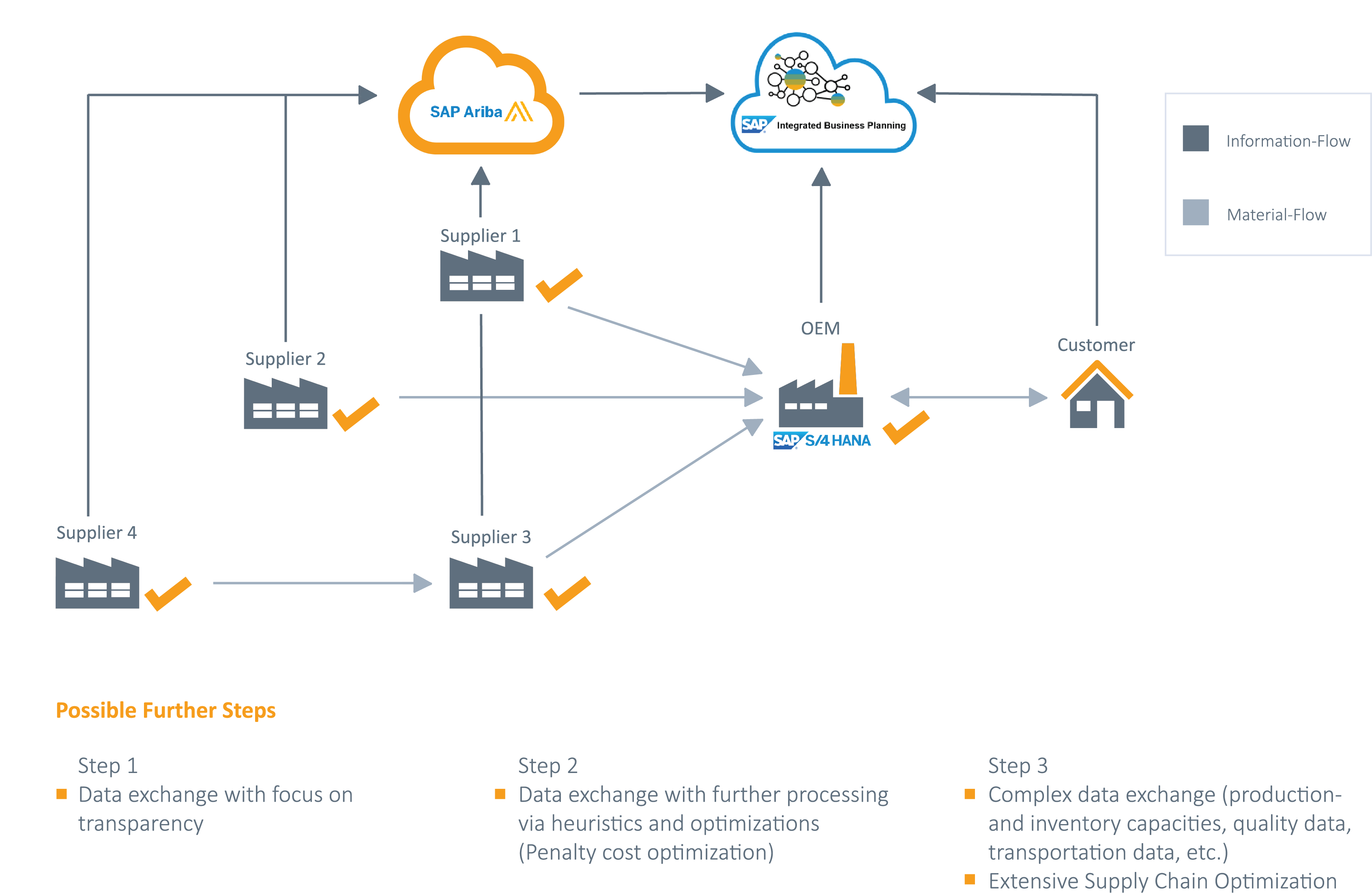

There is not a single accounting entry that does not require a VAT analysis or decision. We see a vital connection between procurement and indirect tax. Without that or an end-to-end indirect tax control framework, a simple repetitive booking can constitute a VAT risk (underpayment) or result in an unpreferred overpayment of VAT.įor more details how an internal control system can facilitate Finance transformations, see our previous blog Internal Controls as enabler for Finance Transformation - KPMG Switzerland. For this, the company’s entire business operation must be translated into the language of indirect tax as well. Heads of procurement need to shape how indirect tax is handled within P2P processes and strengthen their capability to manage tax compliance and value-generating activities. They are designed to give organizations real-time visibility and AI-powered insights into all types of expenditure within the organization – procurement, expenses and accounts payable. These management systems support the entire spectrum of the procure-to-pay (P2P) process - including supplier onboarding, engagement to sourcing, inventory and payments. There are many software solutions on the market, among them SAP Ariba, Coupa or Ivalua, that can assist organizations in building a new digital procurement suite.

This is also true for procurement processes.

This is why improving processes and leveraging the right technology is key to maintaining your competitive edge. These external and competitive pressures force businesses to operate faster, more accurately and extract value from every operation, leaving no room for inefficiencies. Competitors emerge and new market participants challenge the market with business models leveraged by new technologies. It is well known that companies face disruption from different aspects due to political, environmental or market changes.


 0 kommentar(er)
0 kommentar(er)
